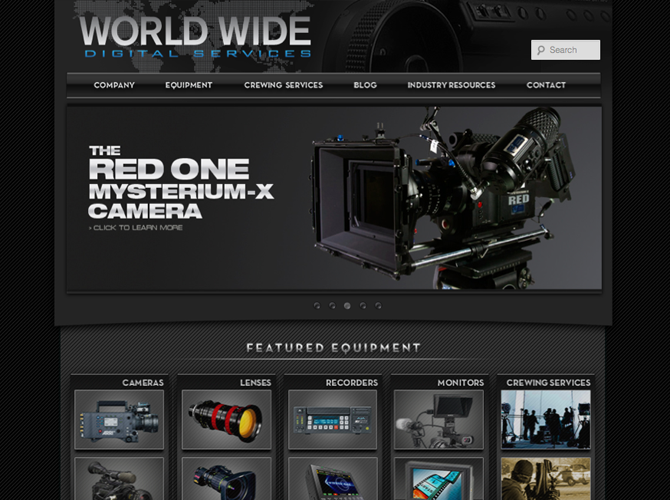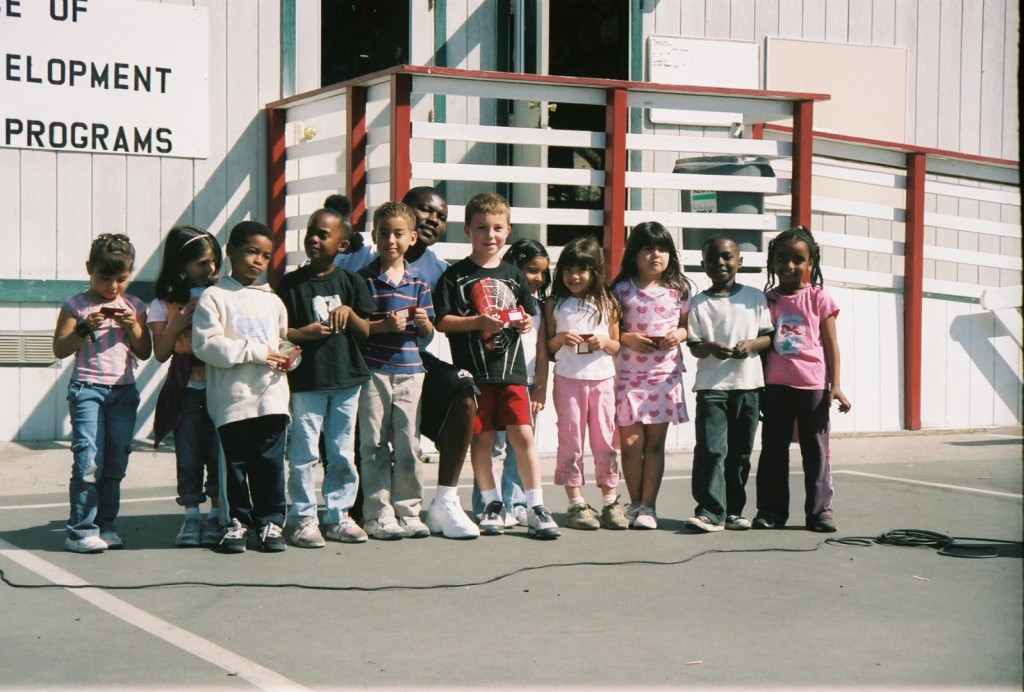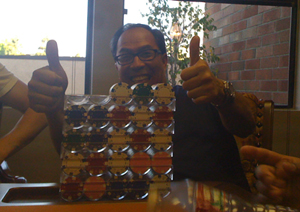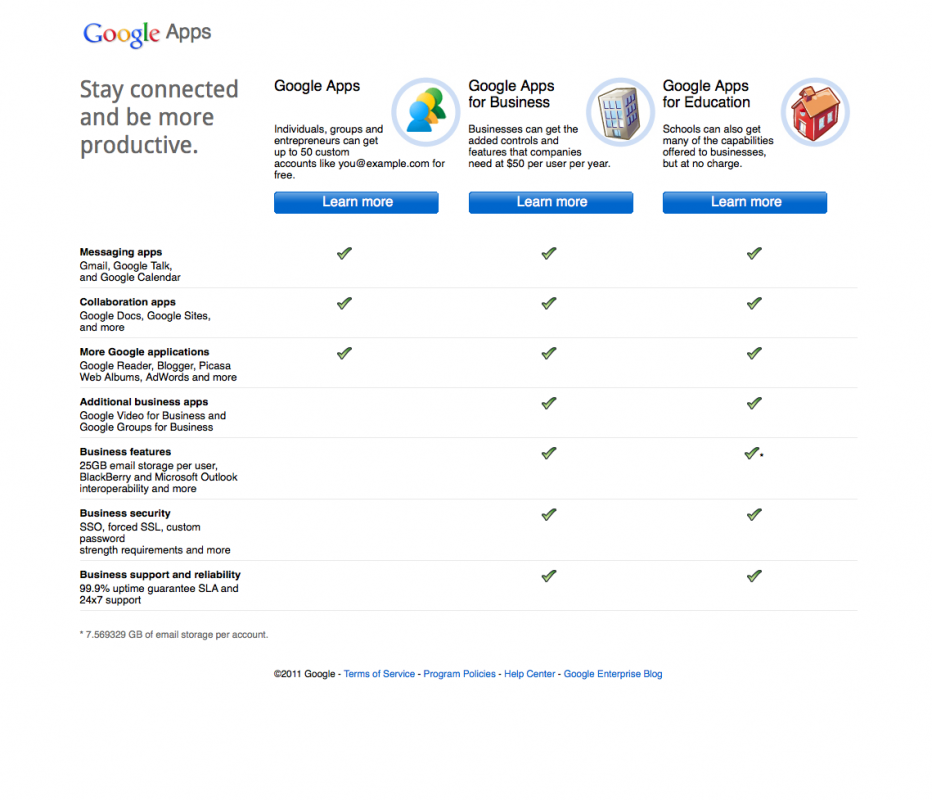Cinemacon 2013 marked the National Association of Theatre Owners’ third annual convention, a four-day summit at Caesar’s Palace in Las Vegas, and Bravo Design, Inc.’s first. And despite a sluggish first-quarter at the box office, one of the biggest takeaways from the conference is that 2013 will be another huge year for the movie industry. To back up just a tiny bit, 2012 was a record breaking year for the box office with domestic revenue at an unprecedented $10.8 billion and worldwide numbers at around $35 billion. And though 2013 has started off with a slow first-quarter at an estimated $1.75 billion in domestic box office receipts, we’re confident that this year will be one for the records.
At CincemaCon, each major motion picture studio was allotted time to present their slate of upcoming movies, including blockbusters and a few potential over-achievers. Movie stars and filmmakers accompany studio executives on-stage to present a trailer, extended footage or sometimes a full screening. It’s clear from the footage shown that it should be a massive summer and rest of 2013 at the box office.
Disney will open Iron Man 3 unchallenged on May 3rd, followed by Warner Bros. which will continue another successful year with The Great Gatsby on May 10th. The rest of the year looks just as strong. A few of the following films may cross a billion dollars such as The Hobbit: The Desolation of Smaug, but the rest are just as likely to please both audiences and studios.
Star Trek Into Darkness – May 17th (Paramount)
The Hangover Part III – May 24th (Warner Bros.)
Epic – May 24th (Fox)
After Earth – May 31st (Sony)
Man of Steel – June 14th (Warner Bros.)
Monsters University – June 21st (Disney)
World War Z – June 21st (Paramount)
The Heat – June 28th (Fox)
White House Down – June 28th (Sony)
The Lone Ranger – July 3rd (Disney)
Despicable Me 2 – July 3rd (Universal)
Pacific Rim – July 12th (Warner Bros.)
Grown Ups 2 – July 12th (Sony)
Turbo – July 17th (Fox-Dreamworks)
R.I.P.D. – July 19th (Universal)
The Wolverine – July 26th (Fox)
The Smurfs 2 – July 31st (Sony)
Elysium – August 9th (Sony)
Prisoners – September 20th (Warner Bros.)
Gravity – October 4th (Warner Bros.)
Captain Phillips – October 11th (Sony)
Thor: The Dark World – November 8th (Disney)
The Counselor – November 15th (Fox)
The Wolf of Wall Street – November 15th (Paramount)
The Hunger Games: Catching Fire – November 22nd (Lionsgate)
The Hobbit: The Desolation of Smaug – December 13th (Warner Bros.)
American Hustle – December 13th (Sony)
Monuments Men – December 18th (Sony)
CinemaCon attendees were treated to full screenings of Michael Bay’s Pain and Gain (a little long but surprisingly very entertaining), Fox’s comedy The Heat, starring Sandra Bullock and Melissa McCarthy (a hilarious pairing, well worth seeing), and Disney-Pixar’s Monsters University (another successful Pixar film with the usual mix of great storytelling, excellent animation, humor and warm-and-fuzzies). All of the films were screened with Dolby Atmos, the latest in sound technology, which you can feel not only in your ears but throughout the rest of your body as well. You can’t get this level of surround sound at home.
One of the most intriguing panel discussions at CinemaCon concerned the Chinese market. The importance of the worldwide box office to a film’s success is nothing new, but China is a unique and ever-growing piece of the international pie. It is now the second biggest consumer of films behind the U.S. and on pace to become the biggest box office in the world by 2020, but the market is very complex as outlined by Peter Y.F. Chan of Ernst & Young.
China is no longer just a producer of inexpensive products but a major consumer of global goods. The state-run China Film Group places complex regulations on film studios looking to release movies in the Chinese market and even when an edited version of the film is released, the percentage of revenue studios are allowed are much lower than in other markets. Historically speaking, the average Chinese consumer is extremely price sensitive and hasn’t grown accustomed to paying for content across the board.
Although difficult to develop, Chan recommends forming domestic partnerships or joint ventures to tap into local expertise to better understand Chinese culture, its sensitivities as well as assist in navigating through the difficult regulatory landscape. With over 350 million online video viewers, Chan recommends considering a digital distribution model as the Chinese become more open to paying for content on the small screen.
As marketers who frequently work with major motion picture studios to aid in the release and advertising of their films, CinemaCon was a valuable experience in getting the perspective of theatre owners and also considering solutions for connecting them with regular and passive moviegoers. Each market is unique, making it imperative to understand local communities and determine what mix of films, theatre technology and general atmosphere will attract moviegoers. If you are a theatre owner looking to grow your audience contact us here.
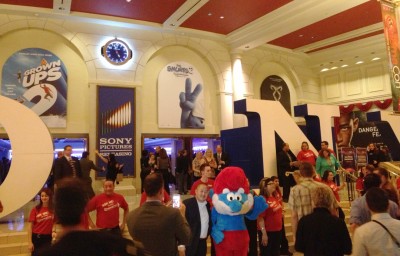
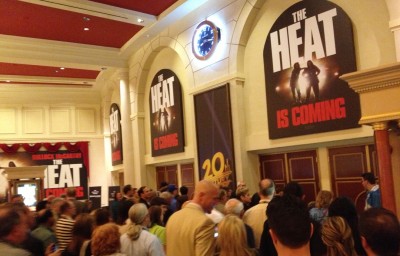


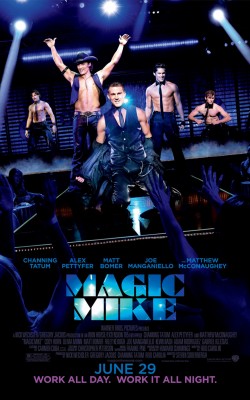
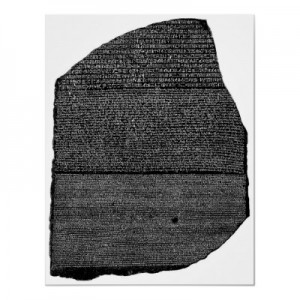
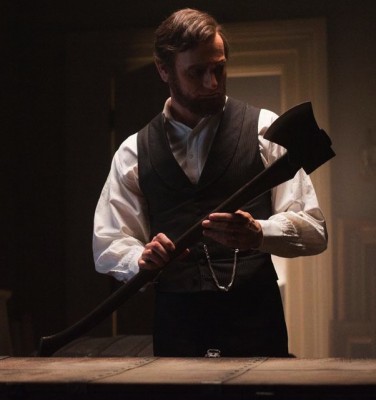



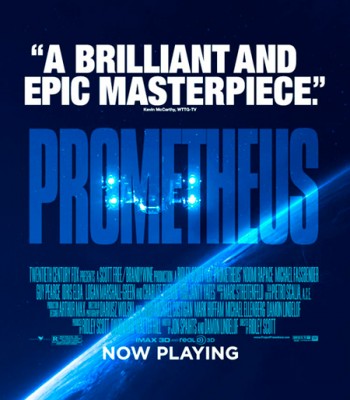
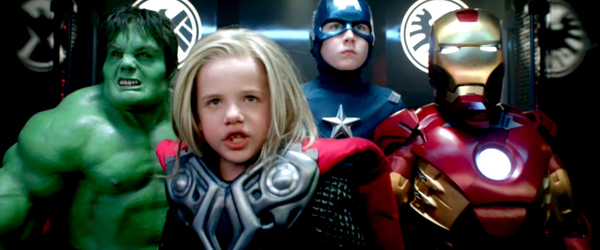
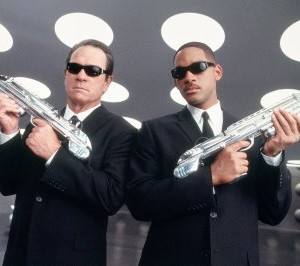 Agents J (Will Smith) and K (Tommy Lee Jones) are back in
Agents J (Will Smith) and K (Tommy Lee Jones) are back in 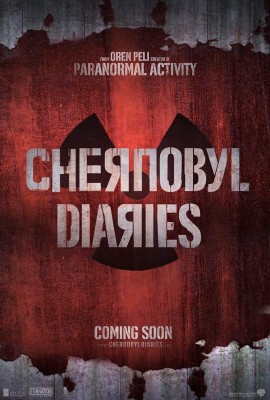
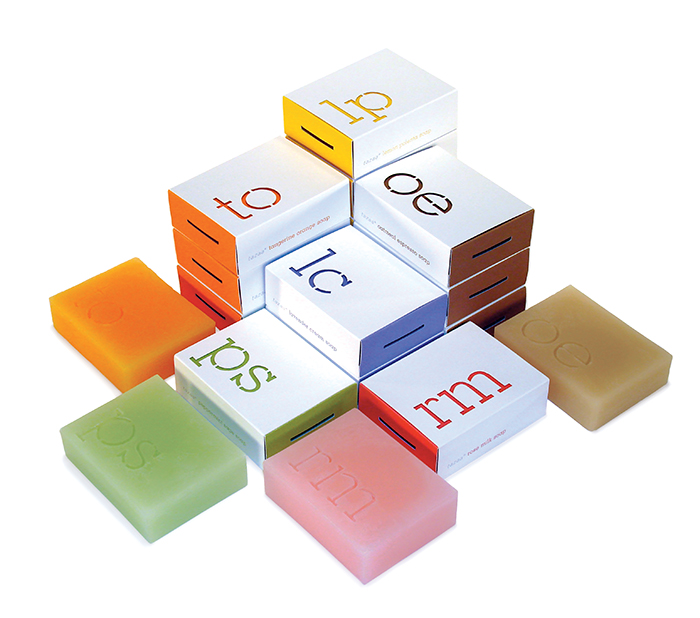
 Two centuries later, Barnabas is accidentally freed from his tomb and emerges into the very changed world of 1972. He returns to Collinwood Manor to find his once-magnificent mansion in ruin and occupied by Barnabas’ dysfunctional descendants, all of whom are hiding dark and horrifying secrets.
Two centuries later, Barnabas is accidentally freed from his tomb and emerges into the very changed world of 1972. He returns to Collinwood Manor to find his once-magnificent mansion in ruin and occupied by Barnabas’ dysfunctional descendants, all of whom are hiding dark and horrifying secrets.